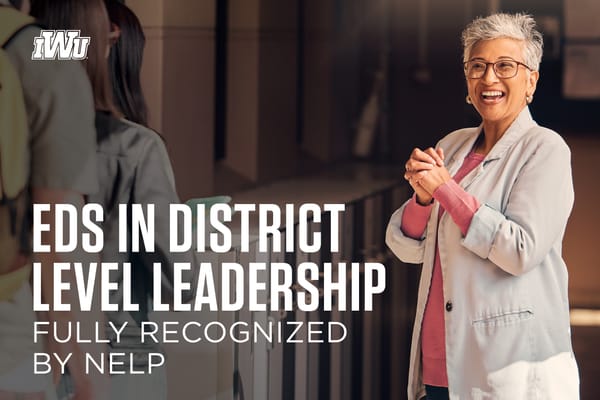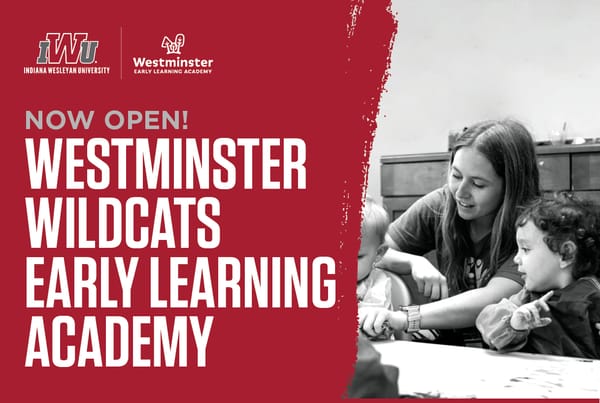What is Bionic Reading?
Many people struggle to maintain their focus while reading.
By: Emily Dexter & Jake Hreha
Many people struggle to maintain their focus while reading. If you’re a student, this problem can get in the way of completing coursework and understanding course material. What can you do to help yourself focus while reading, so you can stay on track academically? A new way of reading might offer an answer to this question. It’s called bionic reading, and it’s created by the Swiss typographic designer Renato Casutt.
Bionic reading works by strategically bolding parts of words to make text easier to process. This helps move your eyes from your last reading position to the next. Here’s an example of what that looks like:
This is what a small block of text looks like with bionic reading. How do you feel while reading this? Do you wish this whole blog post was written this way, or are you glad this paragraph is almost over?
Many people have found bionic reading to be such a game changer that completely changes their reading experience. Those who have used bionic reading say it changes their reading speed, helps them not lose focus, and helps them comprehend faster. Bionic reading tools are available as a browser extension.
Let’s dive into a few commonly-asked questions about bionic reading:
1. How does bionic reading work?
According to Renato Casutt’s website, bionic reading uses a special algorithm to work its magic. The algorithm identifies and bolds the “most concise parts of words” to help guide your eye over the text more quickly.
Casutt calls these bolded parts of words “fixations.” He claims that by letting your eye jump from one fixation to the next (and letting your brain fill in the rest of each word), you can read faster than you could reading normally. You can watch this short video from the World Economic Forum to better understand the process.
2. Who can benefit from bionic reading?
On his website, Casutt says he has gotten feedback from dyslexic users who have understood texts more quickly with bionic reading. Millions of people have also been reacting to bionic reading on social media, and many people with dyslexia and ADHD have said bionic reading helps them focus.
In truth, more research is needed before we can guarantee that bionic reading will help anyone read texts more quickly or effectively. If you’d like to try it out for yourself and see if bionic reading helps you focus, you can access the free version of the bionic reading software online.
3. Will bionic reading work for me?
There’s no way to know for sure if bionic reading will help you focus until you try it. As with many things, bionic reading probably isn’t for everyone — but if it can help you get through that last assignment before you run out of brain power for the night, that’s awesome!
Keep in mind that there are other resources in addition to bionic reading that can help you focus as you read. If you have dyslexia, you might consider trying out the Dyslexie typeface. Christian Boer designed the typeface in response to the specific challenges of reading with dyslexia.
You can also use text-to-speech programs if your brain can focus on audio better than written text. Indiana Wesleyan University includes ReadSpeaker as one of the tools available to students on our Student Resources and Services page.
Everyone has to figure out what works best for them as they read and study, and bionic reading is just one of many tools to add to your toolkit. If you’re ready to take the next step in your education journey and hone your study skills, check out our programs page and explore your options today.
4. How to change my reading experience?
Bionic reading can used and accessed in a number of different areas. A bionic reading extension such as a Chrome extension is a great option for Google Chrome users. There are also plug-ins available for a word file to make your writing easier to read.
In addition to web browser extensions there are also options available for mobile. Google Android and Apple iOS both offer apps for bionic reading. The bionic format might be the helpful format you need to make reading a better experience.
Emily Dexter
Copywriting and Marketing Assistant, IWU-National and Global
Emily Dexter is currently a senior at Indiana Wesleyan University, where she majors in English and writing. She is passionate about all things literary, and in her free time enjoys reading good books, attempting new art projects, and exploring the natural world.
Jake Hreha
SEO Copywriter, IWU
Jake Hreha is a graduate of Ball State University, where he majored in advertising with a concentration in media presentation and design. He is passionate about design, and in his free time he enjoys cycling, traveling, and reading.




